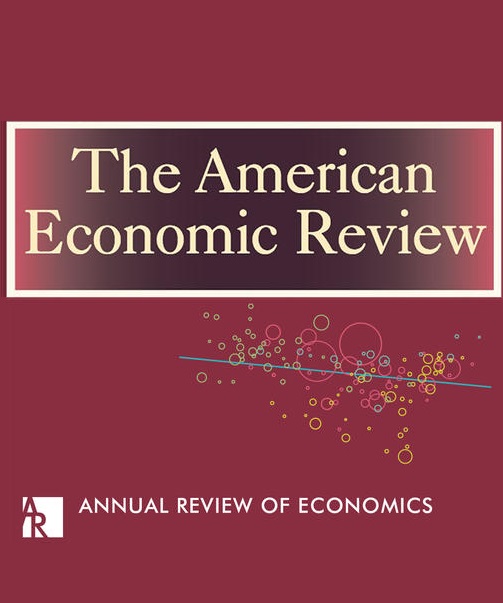人力资本折旧与经验回报
IF 11.6
1区 经济学
Q1 ECONOMICS
引用次数: 5
摘要
如果技能未被使用,人力资本就会贬值。但估计人力资本折旧具有挑战性,因为工人技能难以衡量,而且生产率较低的工人更有可能花时间失业。我们利用有关教师作业和学生成绩的新行政数据,以及希腊教师作业过程的准随机变化,克服了这些挑战。我们发现产出的显著损失,因为一年没有正式就业的时间增加会使学生的考试成绩降低0.05个标准差。使用一个简单的生产模型,我们估计技能折旧率为4.3%,经验回报率为6.8%。(j21, j24, j45, j64, j65)本文章由计算机程序翻译,如有差异,请以英文原文为准。
Human Capital Depreciation and Returns to Experience
Human capital can depreciate if skills are unused. But estimating human capital depreciation is challenging, as worker skills are difficult to measure and less productive workers are more likely to spend time in nonemployment. We overcome these challenges with new administrative data on teachers’ assignments and their students’ outcomes, and quasi-random variation from the teacher assignment process in Greece. We find significant losses to output, as a one-year increase in time without formal employment lowers students’ test scores by 0.05 standard deviations. Using a simple production model, we estimate a skill depreciation rate of 4.3 percent and experience returns of 6.8 percent. (JEL I21, J24, J45, J64, J65)
求助全文
通过发布文献求助,成功后即可免费获取论文全文。
去求助
来源期刊

American Economic Review
ECONOMICS-
CiteScore
18.60
自引率
2.80%
发文量
122
期刊介绍:
The American Economic Review (AER) stands as a prestigious general-interest economics journal. Founded in 1911, it holds the distinction of being one of the nation's oldest and most esteemed scholarly journals in economics. With a commitment to academic excellence, the AER releases 12 issues annually, featuring articles that span a wide spectrum of economic topics.
 求助内容:
求助内容: 应助结果提醒方式:
应助结果提醒方式:


